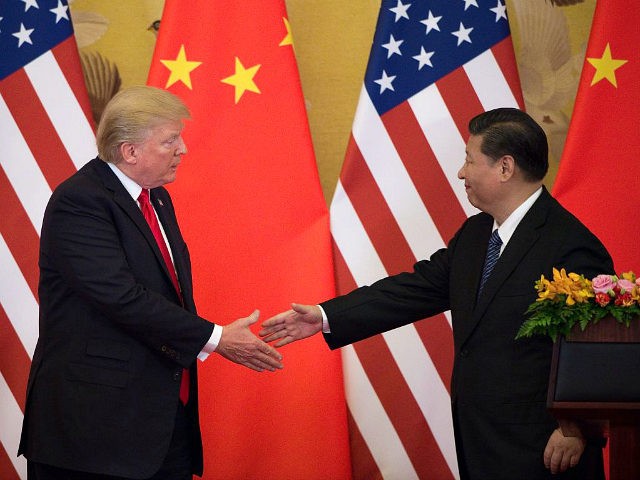Although the prospect of a tariff hike has loomed large in financial markets and the financial media this week, higher tariffs on imports from China will not likely have much of an impact on American consumers.
Evidence from tariffs on steel, aluminum, and Chinese goods already in place indicates that businesses have not been able to pass higher costs of goods and materials on to consumers. Even though wages are rising, prices have been remarkably steady. In March, the index of personal consumption expenditures–the Fed’s favored measure of consumer prices–showed prices up just 1.5 percent over 12-months.
One reason tariffs are unlikely to hurt U.S. consumers is that trade with China accounts for a very small fraction of U.S. spending. According to a recent study by an economist at the San Francisco Fed, imports make up around 11 percent of the $14.3 trillion of consumer spending in the U.S. Imports from China account for 16% of that, which translates into 1.76 percent of consumer spending.
The tariffs that the Trump administration plans to hike apply to only around 34 percent of consumer spending on imports from China, according to a different study from the San Fran Fed. In other words, just over half a percentage point worth of overall U.S. consumer spending.
If all of the tariffs were passed through to consumers–which has not happened judging by price data–the overall impact on prices would be a 0.1 percentage point rise, according to the San Fran Fred’s estimate.
In other words, without the China tariffs, our 1.5 percent inflation rate would be 1.4 percent.
Raising the tariff to 25 percent would roughly double the impact. So the personal consumption index rises to 1.6 percent.
Keep in mind that the Fed is trying to move inflation toward its 2 percent target. Assuming the Fed can effectively hit its target, this means that consumer prices will be accelerating over the next year or two anyway. If tariffs raise prices by two-tenths of a percentage point, that just gives the Fed less work to do.
In other words, our economy is well-prepared to sustain any costs of tariffs because we are in such a low-inflation environment.
Even if the Trump administration expands the 25 percent tariff to cover all goods, the impact on prices would be just 0.4 percentage points, according to the San Fran Fed.
That would move us closer to the Fed target–but we are headed there in any case. Tariffs may just eliminate some of the need to cut interest rates in order to accelerate inflation.
To put it slightly differently: the tariffs will have no impact on U.S. consumers because their worst-case scenario effect would be to move price increases toward where the Fed is determined to see them go anyway.
It is unlikely, however, that 100 percent of the cost of tariffs will be passed on to consumers. Some will be absorbed by businesses, others eliminated by U.S. importers sourcing materials from manufacturers outside of China. If just half of the hike to 25 percent is passed on, the impact on consumer prices would be a boost of just one-tenth of a percentage point.
Our trade relationship with China has had massive impacts on the U.S. and global economy and may be one of the most important determinants of our economic and political future. But boosting tariffs on $250 billion of imports by fifteen-percentage points will not be noticeable to most consumers.

COMMENTS
Please let us know if you're having issues with commenting.